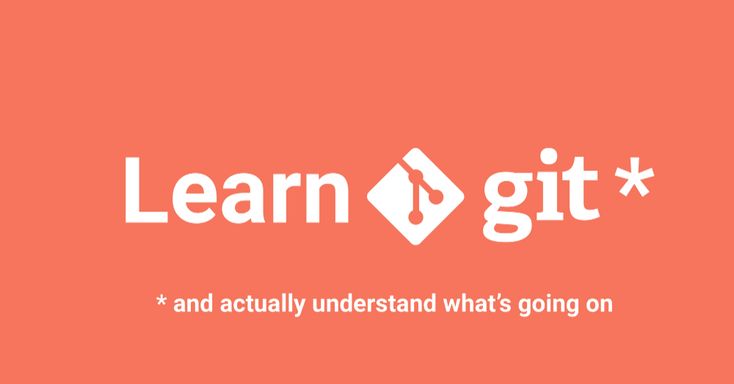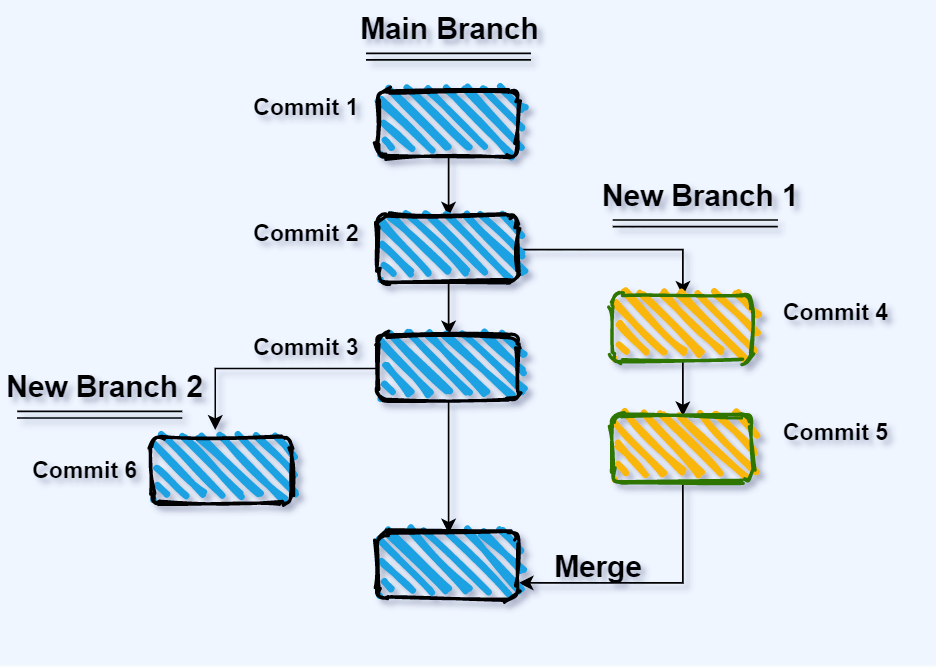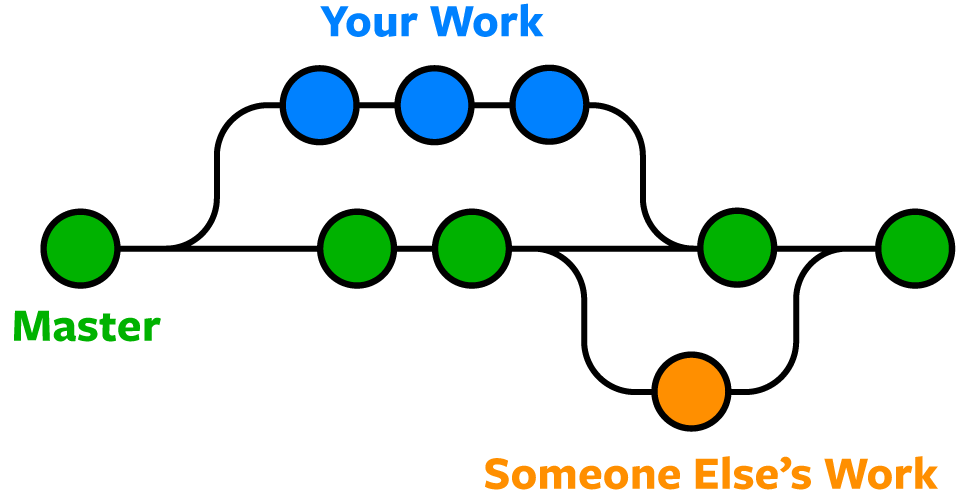Introduction
In the ever-evolving realm of software development, collaboration and organization are paramount. GoodPegg, a leading software development company catering to clients in the USA, Canada, and around the world, relies on cutting-edge tools and methodologies to streamline their projects. One such indispensable tool in their arsenal is version control, specifically Git. In this blog, we’ll unravel the mystery behind version control systems, focusing on how Git empowers GoodPegg’s teams to create exceptional software solutions.
Understanding Version Control

Version control is a system that records changes to a file or set of files over time, so you can recall specific versions later. In the context of software development, version control allows multiple developers to collaborate on a project without interfering with each other’s work. This is achieved through a centralized repository where all code changes are tracked, providing a historical record of every modification made.
The Role of Git
Git, developed by Linus Torvalds in 2005, is a distributed version control system. Unlike centralized version control systems, Git stores the entire history of a project on every developer’s machine. This decentralization not only ensures data redundancy but also enables developers to work offline, a crucial feature in today’s globally connected world.
At GoodPegg, Git acts as the backbone of their collaborative efforts. When multiple developers are working on different aspects of a project, Git allows them to make changes independently. Through commands like git add, git commit, and git push, developers can share their work with the team, merging their changes seamlessly.
Branching and Merging

One of Git’s most powerful features is branching. Developers can create isolated branches to work on specific features or fixes without affecting the main codebase. This isolation prevents conflicts and allows for parallel development. Once a feature is complete, Git’s merging capabilities come into play. Changes from different branches can be merged back into the main codebase effortlessly, ensuring a cohesive and functional software product.

Collaboration Across Continents
GoodPegg’s teams, spread across the USA, Canada, and various parts of the world, collaborate seamlessly thanks to Git. Developers can work in their respective time zones, pushing and pulling changes as needed. This asynchronous collaboration enhances productivity and ensures that the development process is continuous.
Conclusion
Version control systems like Git are the unsung heroes of modern software development. They not only ensure the integrity and versioning of the code but also promote collaboration and teamwork. At GoodPegg, Git has become synonymous with efficient, organized, and effective software development. By understanding the nuances of version control, developers can continue to create innovative solutions while maintaining the highest standards of quality and collaboration.
In the ever-expanding digital landscape, version control isn’t just a tool; it’s a methodology that powers the software industry forward, one line of code at a time.




